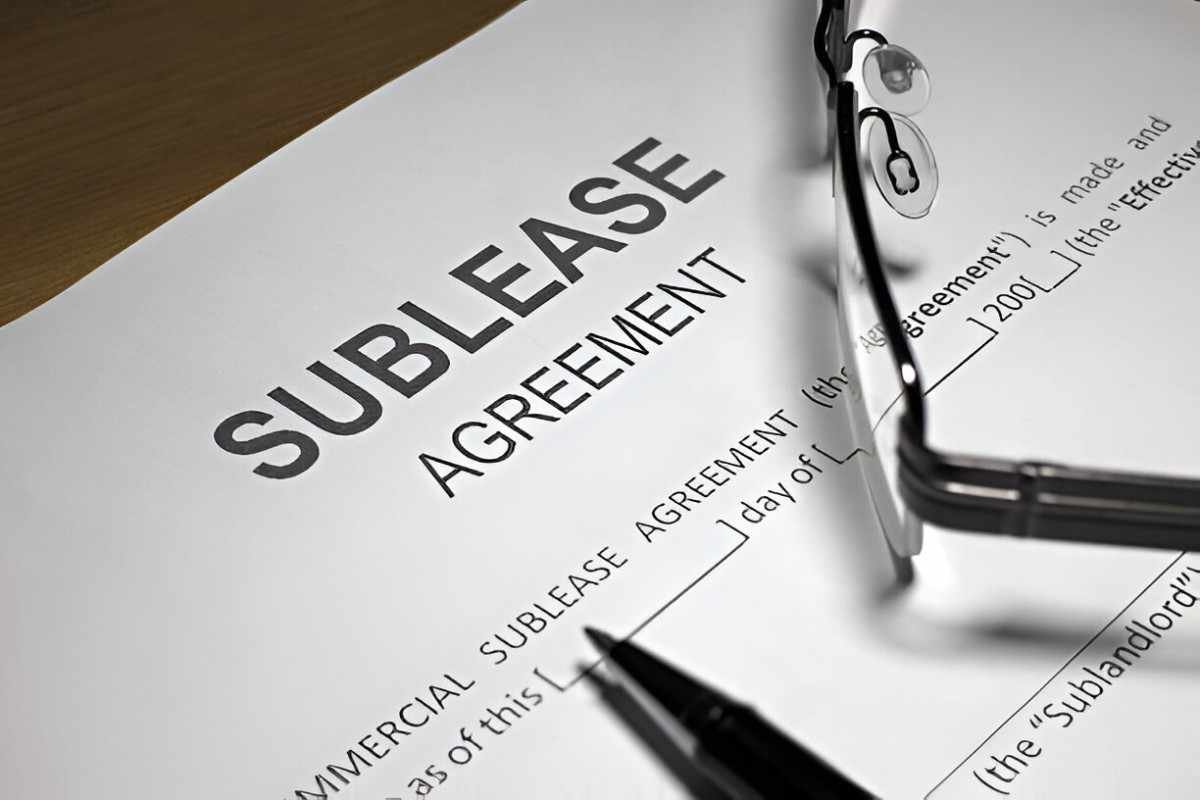Lease agreements form the backbone of commercial and residential real estate transactions. As someone who has navigated complex lease structures, I understand the nuances that differentiate a head lease from a sub-lease. These agreements dictate financial obligations, rights, and responsibilities, yet many struggle to grasp their intricacies. In this article, I dissect sub-lease and head lease agreements, explore their mathematical underpinnings, and provide real-world examples to clarify their applications.
Table of Contents
The Foundation: What Is a Head Lease?
A head lease represents the primary contract between a property owner (lessor) and a tenant (lessee). It grants the lessee exclusive rights to use the property for a specified term, subject to agreed conditions. The head lease establishes the foundation upon which sub-leases may be built.
Key Characteristics of a Head Lease
- Direct Relationship with the Landlord: The lessee interacts directly with the property owner.
- Full Control Over the Property: Unless restricted, the lessee can sublet portions of the property.
- Financial Responsibility: The lessee bears liability for rent and maintenance unless negotiated otherwise.
Mathematical Representation of Lease Payments
The present value (PV) of future lease payments under a head lease can be calculated using:
PV = \sum_{t=1}^{n} \frac{R_t}{(1 + r)^t}Where:
- R_t = Lease payment in period t
- r = Discount rate
- n = Lease term
Example Calculation:
Suppose a tenant signs a 5-year head lease with annual payments of $10,000 and a discount rate of 5%. The present value is:
The Derivative: What Is a Sub-Lease?
A sub-lease occurs when the original lessee (now the sub-lessor) leases part or all of the property to another party (sub-lessee). The sub-lessee has no direct relationship with the head landlord.
Key Characteristics of a Sub-Lease
- Dependent on the Head Lease: If the head lease terminates, the sub-lease collapses.
- Limited Rights: The sub-lessee’s rights cannot exceed those of the sub-lessor.
- Risk of Default: The sub-lessor remains liable to the head landlord even if the sub-lessee defaults.
Financial Implications of Sub-Leasing
If a tenant subleases at a higher rate than their head lease, they profit. The profit (\pi) can be expressed as:
\pi = \sum_{t=1}^{m} (S_t - H_t)Where:
- S_t = Sub-lease income in period t
- H_t = Head lease payment in period t
- m = Sub-lease term
Example Calculation:
A tenant subleases for $12,000 annually while paying $10,000 in the head lease. Over 3 years, the profit is:
Comparing Head Lease vs. Sub-Lease
| Aspect | Head Lease | Sub-Lease |
|---|---|---|
| Parties Involved | Landlord & Tenant | Tenant & Sub-Tenant |
| Control Over Space | Full | Limited by Head Lease Terms |
| Financial Risk | Direct Liability to Landlord | Dependent on Sub-Tenant’s Payment |
| Termination Impact | Ends Tenant’s Rights | Automatically Terminates |
Legal and Economic Considerations
1. Enforceability of Sub-Leases
Most head leases require landlord consent before subletting. Courts often enforce strict compliance with these clauses.
2. Market Conditions and Sub-Leasing Profitability
In a booming market, sub-leasing can generate arbitrage profits. However, economic downturns increase vacancy risks.
3. Tax Implications
Sub-lease income is taxable, while head lease payments may be deductible. Proper structuring minimizes tax burdens.
Real-World Case Study: Office Space Sub-Leasing in NYC
A Manhattan-based firm leased 10,000 sq. ft. at $50/sq. ft. annually. Due to remote work trends, they sublet 5,000 sq. ft. at $60/sq. ft.
- Head Lease Cost: 10,000 \times 50 = \$500,000
- Sub-Lease Income: 5,000 \times 60 = \$300,000
- Net Effective Cost: 500,000 - 300,000 = \$200,000
This reduced their net occupancy cost by 60%.
Conclusion
Understanding head leases and sub-leases helps tenants optimize real estate costs and landlords mitigate risks. By mastering the financial and legal dimensions, businesses and individuals can make informed leasing decisions. Whether you’re a tenant exploring subletting or a landlord drafting lease terms, clarity on these structures ensures better financial outcomes.





